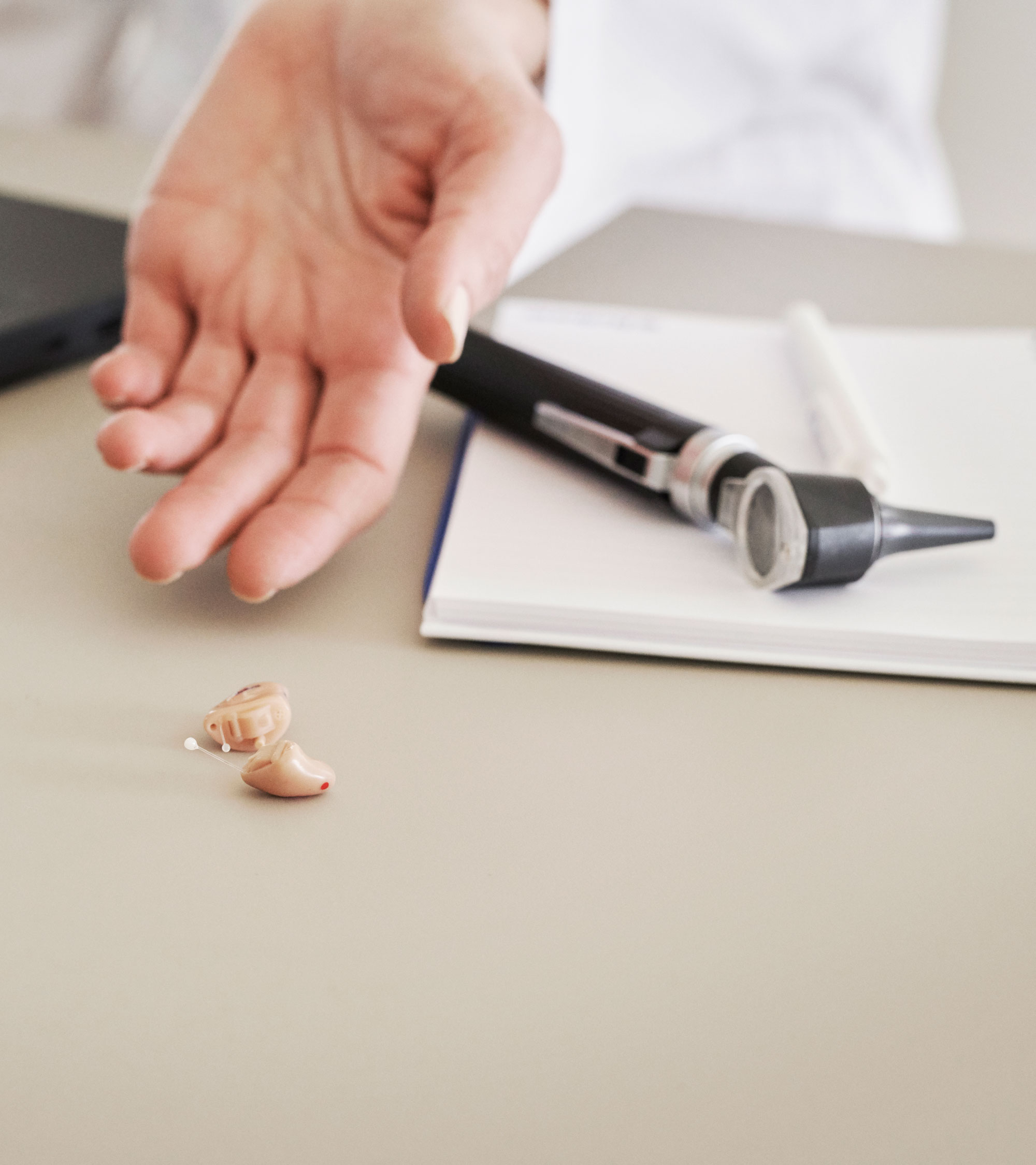We've all heard the phrase good things come in small packages, and today's hearing aids are no exception. Twenty-first century hearing aids are so small, they're virtually undetectable when worn. In fact, a pair of hearing aids can sit on a fingertip.
The tiny size of modern hearing instruments is deceiving—their ability to simulate natural hearing in numerous environments makes them true technological giants.
As with many electronic devices on the market today, from smart phones to laptop computers, hearing aids utilize sophisticated microprocessor technology. Miniature computer chips use advanced algorithms to automatically adjust sound as wearers move through the day. By acting more like human ears, hearing aids allow people to enjoy a comfortable listening experience wherever they go.
In fact, progress has been so impressive in recent years, first-time hearing aid wearers report a satisfaction rating exceeding 90%. That's significant because in the vast majority of hearing loss cases, hearing aids are the only available remedy.

Hearing aids: a brief anatomy
Hearing aids are small, lightweight electronic devices that sit in the outer ear, within the ear canal, or behind the ear. Their main function is to amplify sound in a natural and comfortable way.
The physical components that make up most hearing aids include one or more microphones to gather sound, an amplifier designed to process a wide range of sounds, a receiver or speaker that transmits the sound signal from the amplifier to the ear, and a battery to fuel the process.
The most advanced hearing aids are protected from the effects of daily wear by a microscopic coating that's molecularly bonded to the inner circuitry and outer casing. This increases the life and performance of hearing aids, and also reduces maintenance.
The delicate inner workings of custom hearing aids are contained in coverings known as shells. Shells come in a variety of shapes, styles and colors to better fit the user's hearing loss, daily routine and cosmetic needs.






